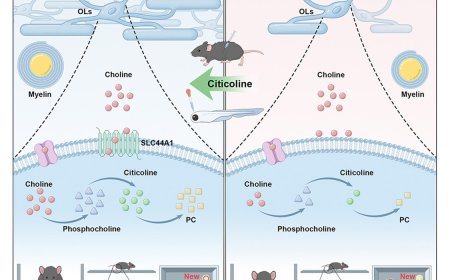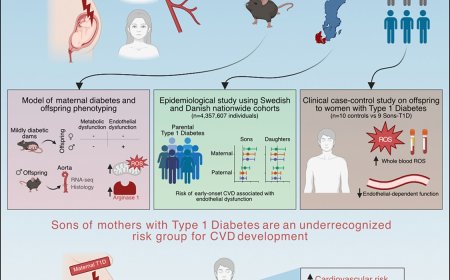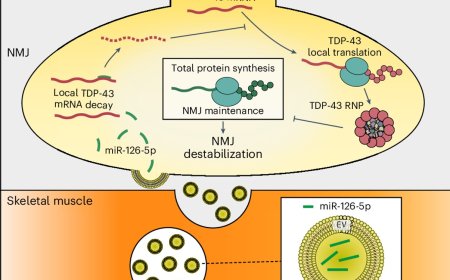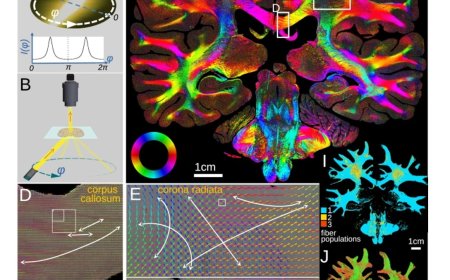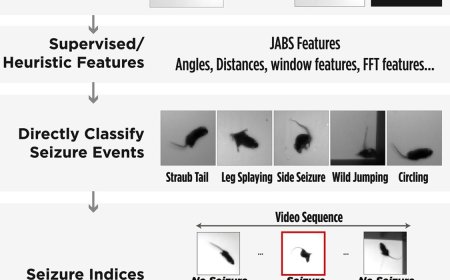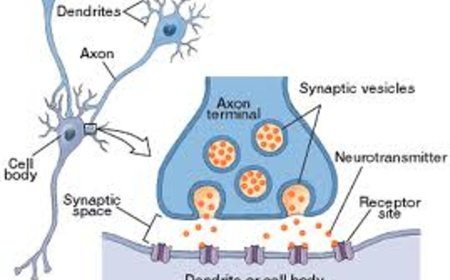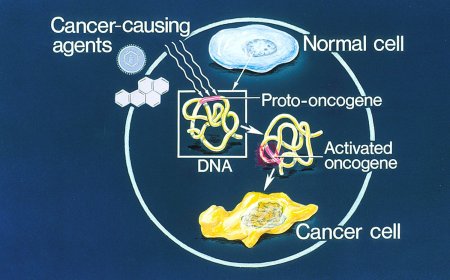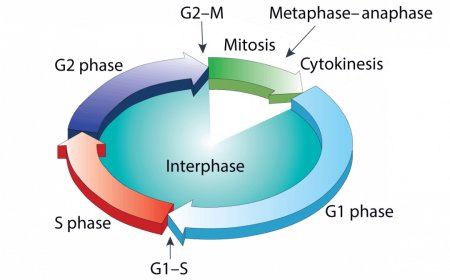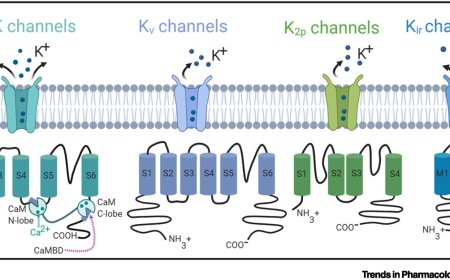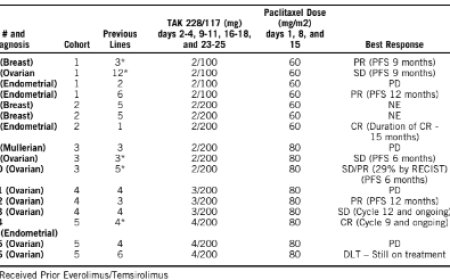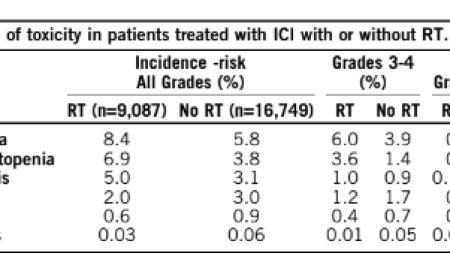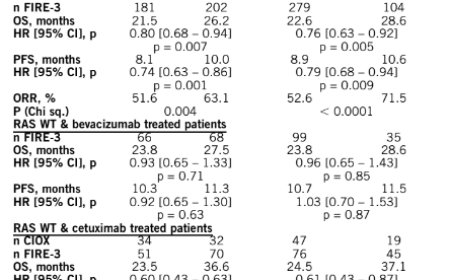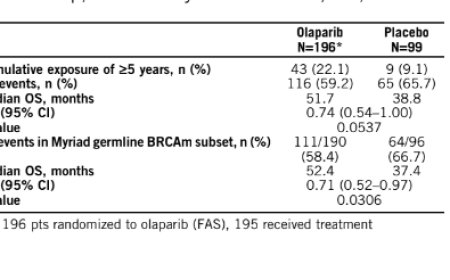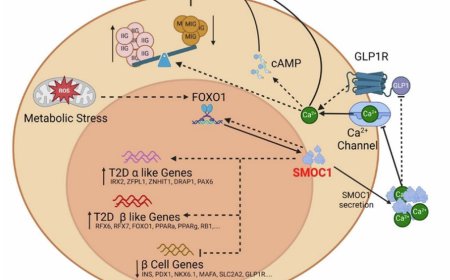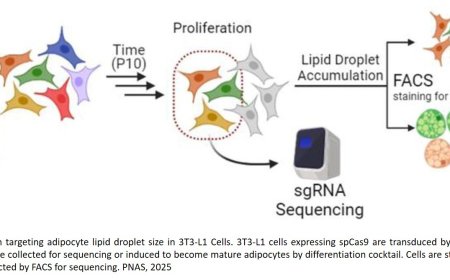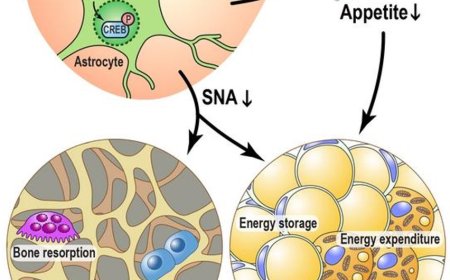Dramatic changes in liver metabolism during fasting

Many people who have tried to lose weight by cutting calories are familiar with this frustrating reality: at some point, the body stops shedding pounds. It senses the reduced calorie intake and responds by slowing down metabolism, causing it to burn fewer calories than before the diet.
This happens because the body perceives a potential starvation threat and adapts by conserving energy while still carrying out essential functions. It may seem incredibly unfair that the body doesn’t recognize the goal of weight loss and instead works against it by holding on to calories.
Now, a new study has identified a possible way to maintain calorie burning even when consuming fewer calories.
This discovery could be particularly important for patients using weight-loss or diabetes medicines like Wegovy and Ozempic. Many people taking these medications find that their weight loss plateaus after losing about 20-25% of their body weight.
According to a Prinicpal Investigator, this stall is likely due to the body's natural response: "It usually goes well at first, but as people lose some of the weight they aim to shed, their progress stalls because the body’s metabolism adapts", the author said.
If it were possible to control this metabolic adaptation, it could be a game-changer for anyone trying to lose weight. A medication that could counteract this effect might extend the benefits of treatments like Wegovy, which often stop working after a certain point.
This is where the new study, published in the journal Cell Metabolism, comes into play.
"If we could develop a medication that helps maintain fat or sugar burning at its original high level alongside weight-loss treatments, people could continue losing weight beyond the usual plateau", the author explains.
However, the author stresses that the team’s findings are currently based on mouse models, meaning human trials are still a long way off, and potential treatments even further down the line.
"It is a long way from insights in mouse experiments to bringing a drug to the market – but this is obviously the potential in our research", says the author.
The researchers' discovery was unexpected when they were investigating the function of a gene called Plvap in certain liver cells in mice.
The team knew from previous studies that humans born without this gene have problems with their lipid metabolism, a connection the research team set out to investigate.
It turned out that the Plvap gene enables the body’s metabolic shift from burning sugar to fat when fasting. And when Plvap is turned off – as the researchers did in their laboratory mice – the liver does not recognize that the body is fasting and continues burning sugar.
In other words, the research team has found an entirely new way in which the liver's metabolism is regulated, which may have medical applications.
"If we can control the liver's burning of sugar and fat, we might also increase the effectiveness of weight-loss and diabetes medications", says the author.
Beyond the intriguing ability of Plvap knockout to "trick" the liver into thinking it is not fasting, the researchers made several other important observations in their study:
1. The signal that triggers metabolic changes during fasting comes from the liver's stellate cells rather than hepatocytes, the liver’s most abundant cells responsible for carrying out metabolic processes. This suggests that stellate cells play a previously unknown role in controlling liver metabolism by directing other cell types, introducing a new mode of cell-to-cell communication.
2. Although fat was redirected to the muscles instead of the liver, the mice showed no negative effects. In fact, they experienced improved insulin sensitivity and lower blood sugar levels.
The author finds this particularly exciting:
"It’s well known that elevated blood sugar may lead to chronic complications for people with type 2 diabetes. Understanding Plvap could help diabetics better regulate their blood sugar in the future."
This discovery could have far-reaching implications—not just for obesity treatments, but also for improving our understanding of how fat and sugar are processed in metabolic diseases. In the long run, it may open new avenues for treating conditions like type 2 diabetes and steatotic liver disease.
https://www.cell.com/cell-metabolism/fulltext/S1550-4131(25)00022-1
https://sciencemission.com/Hepatic-stellate-cells-regulate-liver-fatty-acid-utilization
